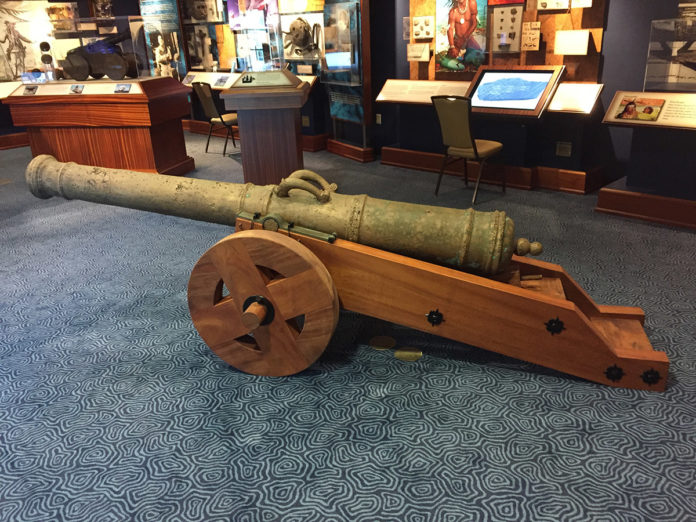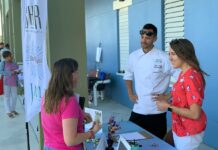
Hurricane warnings: sometimes you listen and sometimes you do not
This time of year always makes me a little anxious. Not only is it hurricane season, but it is the heart of the season when the water has heated up and is primed for tropical, weather-related phenomenon.
First thing every morning, I check out the National Oceanic Atmospheric Administration’s National Hurricane Center’s webpage to peek at what might be developing and what might be falling apart out in the Atlantic Ocean and the Gulf of Mexico.
I have been in South Florida since 1989 and have lived on Plantation Key for 20 years. Only once, in 2017, did I get into my Jeep and head for somewhere safer, higher, and farther away when a hurricane was threatening. Watching her trying to fall into her path was scary. I would not have evacuated in 2017, but my wife told me we were leaving at two o’clock in the morning on the day before the storm slammed the Florida Keys. I did what I don’t always do when she tells me things, I listened, and we packed up both dogs, the cat, and drove for the mainland.
People do not always listen to their loved ones, and often the ramifications are negligible. Sometimes there is a price to pay, as was the case when Pedro Menendez gave his son a piece of advice that was ignored.
Commander General Pedro Menendez might be best remembered as the man given credit for founding St. Augustine in 1565. He had been sent to La Florida to dispatch French interlopers who had established Fort Caroline in a Spanish-held territory. With St. Augustine, now considered the oldest continually occupied city in the United States, established and the French defeated, Menendez went looking for his missing son.
Commander General Juan Menendez de Aviles was in charge of the military escort of the New Spain Fleet’s 1563 trans-Atlantic crossing from the New World home to Spain. Juan Menendez had grown up sailing with his father, Pedro Menendez de Aviles, to Central Europe and the Americas. The younger Menendez gained valuable experience and, like his father, was considered a marine and military expert. Following in his father’s footsteps, he achieved the rank of general before he was 30 years of age.
In 1563, Menendez was in command of the lead ship in the military escort of the New Spain Fleet. The lead ship was known as the el capitana. The almiranta, a ship of war like the capitana, guarded the rear of the convoy. In 1563, the El Capitana La Conception was a 500-ton armed galleon escorting a convoy of 12 ships between Havana Harbor and Seville. One of the pieces of advice the elder Menendez gave his son was not to attempt to navigate the Bahama Bank, the Florida Straits, after July because of the increased chance of encountering hurricane forces.
Husbands do not always listen to their wives, and sons do not always listen to the fathers (or daughters to their mothers). For the young Commander Menendez, contrary weather patterns delayed ships sailing up from the lower Caribbean to Havana. By the time the last two Honduran merchant ships arrived at Havana, July had turned to August. On August 15, the weather was clear, and Commander General Juan Menendez ordered the fleet to sail.
The first few weeks offered smooth sailing. Then, a hurricane swept across the Bahama Bank during the first days of September. La Concepcion was last reported seen on September 10.
More than 450 years later, no one can say for sure what happened to Menendez and his ship.
Like Pedro Menendez looking for his son, a Florida Keys family and their friends have been looking for that wreck for decades. They think it sank off the coast of the Lower Keys in the area of the American Shoal Lighthouse.
Artifacts from a wreck site thought to be associated with the 1563 Fleet have been recovered and are currently prominently displayed at two museums in the Keys. The artifacts are two bronze cannons that may be from the wreck of the Angel Bueno, one of the ships registered with the 1563 fleet. One cannon is on exhibit at the Mel Fisher Maritime Museum in Key West. The other can be seen at the Keys History & Discovery Center in Islamorada. As for what happened to Juan Menendez and at least two ships from the 1563 New Spain Fleet, there may soon be more to tell about that story, and it might even come with a little Skunk Ape twist.

























